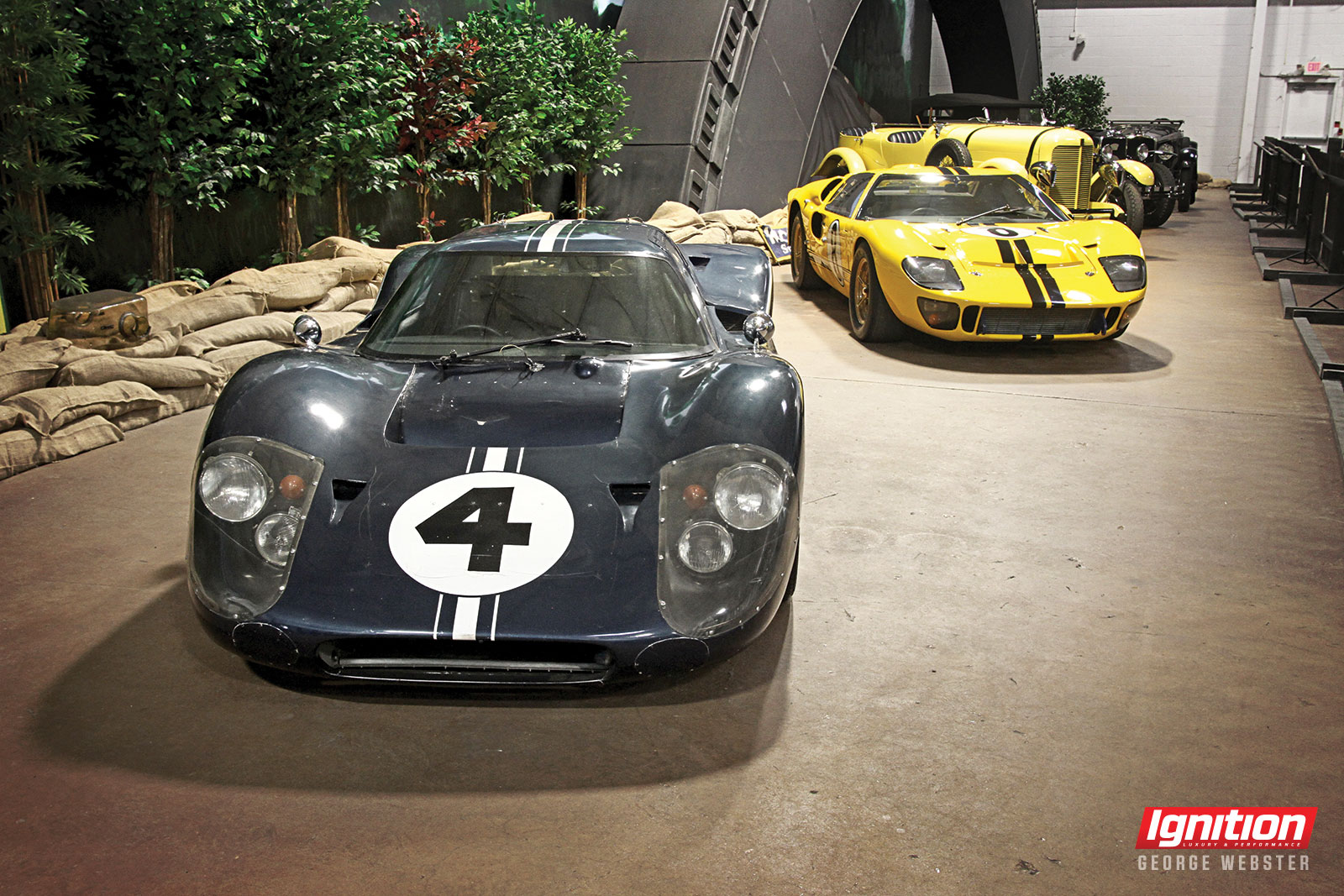
Putting exclusive (and elusive) historical automobiles under one roof.
Story and photography by George Webster
In truth, there are only a few first-class automobile museums in America. The Simeone Foundation Museum in Philadelphia is one of the best on the eastern side of the continent. This collection, which has been assembled by neurosurgeon Fred Simeone, is fairly small, but every car is in running condition and a remarkable number of them are top icons in the world of collector cars. In 2011 it was named the “Museum of the Year” by the International Historic Motoring Awards.
Simeone acquired most of these cars in years when the prices were much more modest, so, while the collection is worth an incredible amount today, his out-of-pocket outlay back in the day was a much more modest sum. Until each the cars go on the auction block, we can only guess their current total value: for sure, millions of dollars. It’s hard to imagine anyone assembling a collection like this at today’s prices.
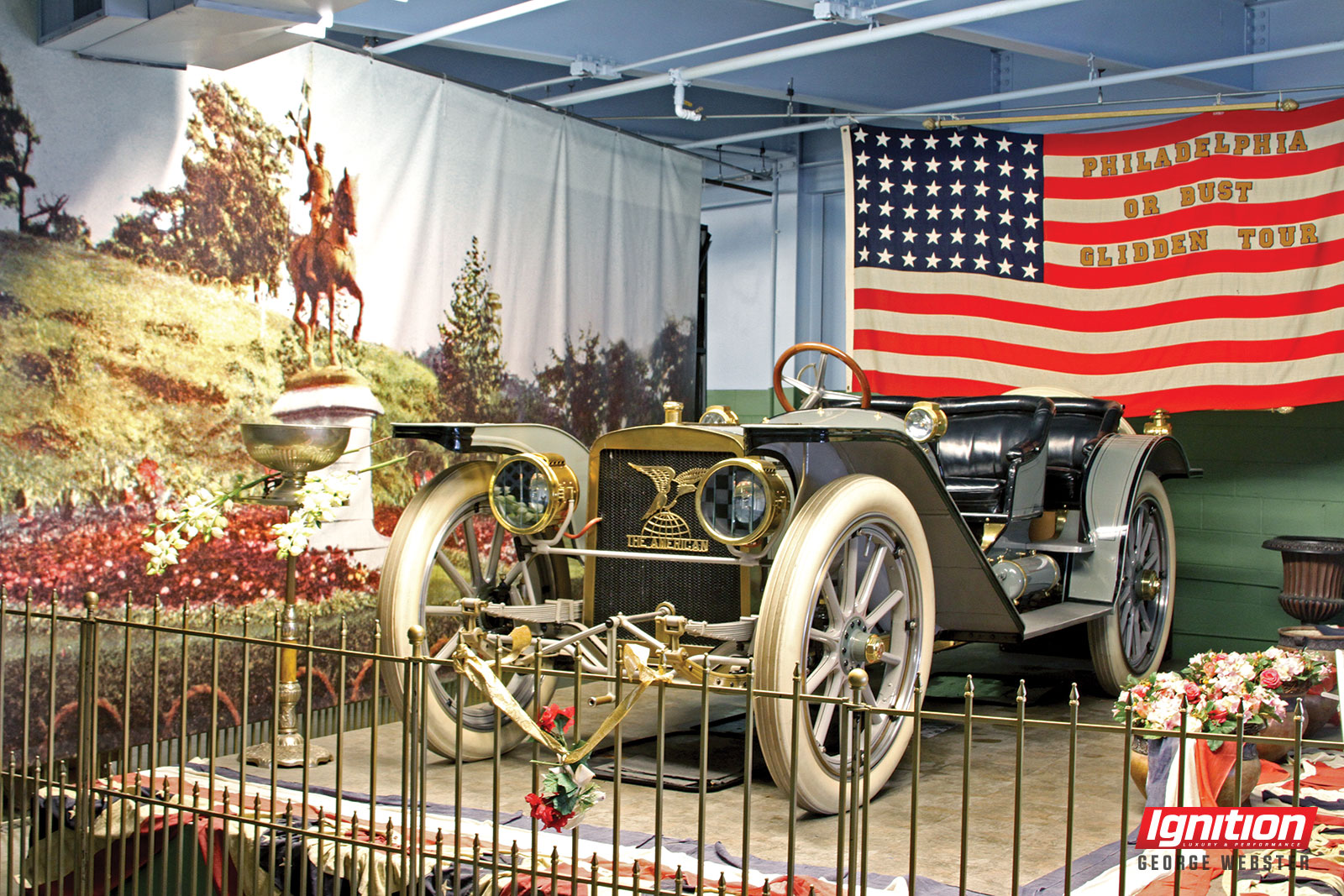
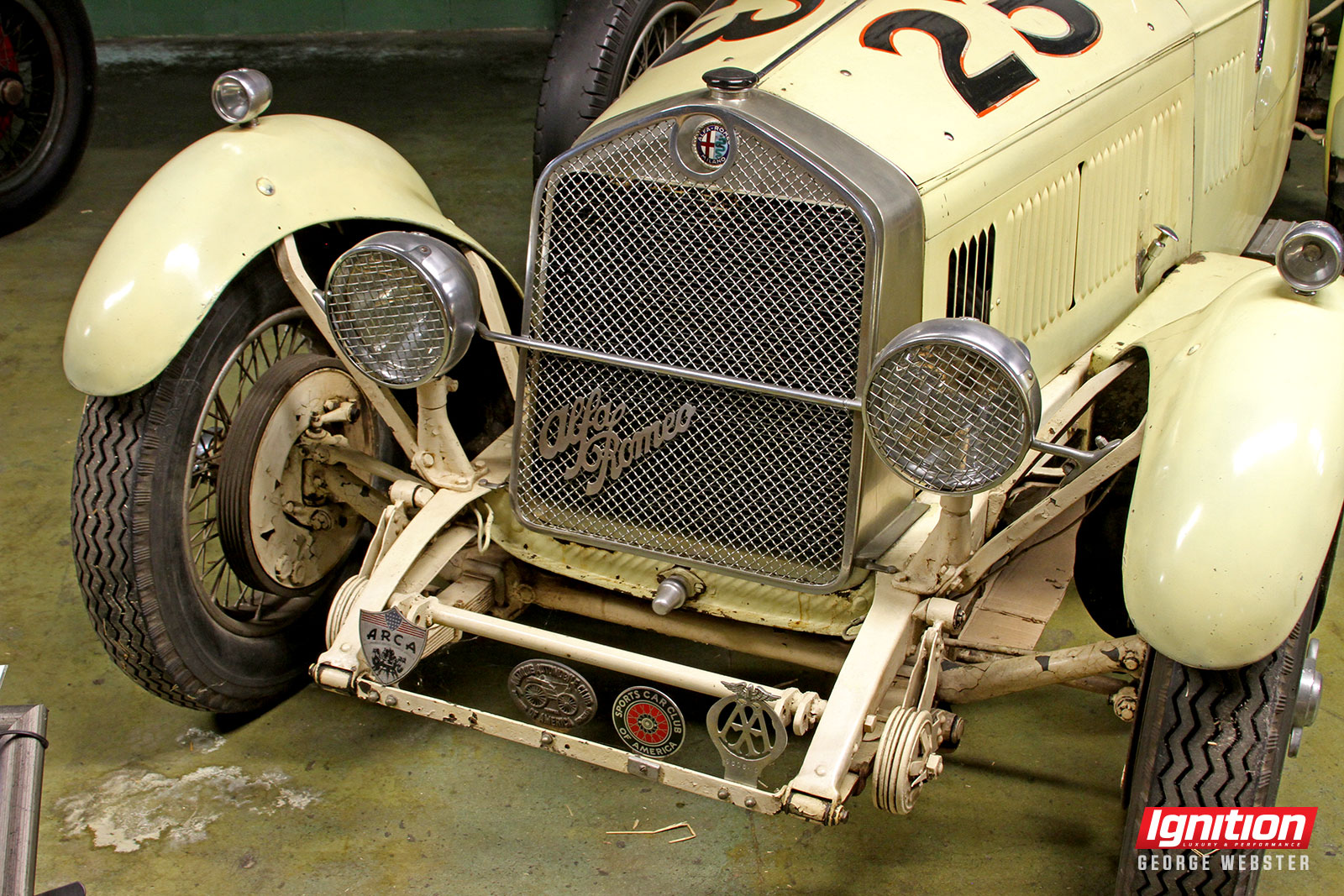
The collection began with a few cars inherited from his father, continuing to build it for the last 50 years or so. Previously, as the collection was growing, the cars were housed in a former parking garage in the centre of the Philadelphia. Eventually that building filled up and, now that he had the basis of a proper museum-style collection, he moved to the present facility in 2008 – a former engine rebuilding shop east of the city near the airport. Now the museum is open to the public year-round.
Philadelphia may not be the most popular travel destination for Canadians, but for car enthusiasts, this museum should be on your “worth a trip” list. Beyond that, this city has many top tourist attractions for all tastes.
The collection is approximately 65 cars in total, but there are many important icons of automobile history here. Being born after World War II, I am more connected to post-war cars and this collection has a wealth of them.
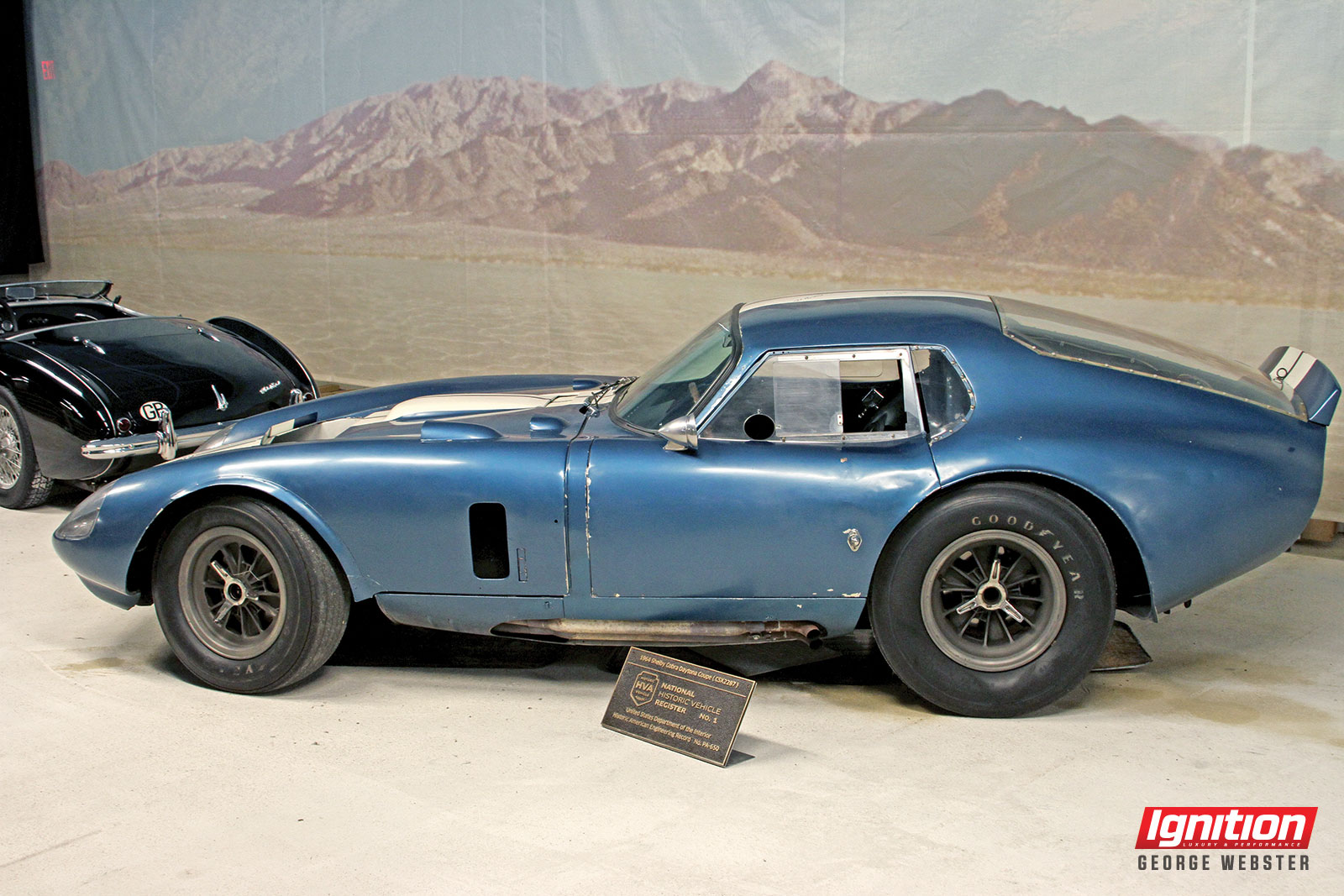 Tops on that list is the first-ever Shelby Daytona Coupe, Pete Brock’s masterpiece in the rough. The coupe was significantly faster than the AC-based roadster or, for that matter, any of the GT competition. They lost to Ferrari in 1964, but came back strongly to win the world championship the following year. Perhaps the most notable achievement for this particular car is the package of land speed records it set at Bonneville in 1965. It was actually a ploy to keep the opposition (Art Arfons in the Green Monster) off the salt after Craig Breedlove had set a new world speed record in his Spirit of America jet car, but they ended up setting 32 new speed records in this Cobra.
Tops on that list is the first-ever Shelby Daytona Coupe, Pete Brock’s masterpiece in the rough. The coupe was significantly faster than the AC-based roadster or, for that matter, any of the GT competition. They lost to Ferrari in 1964, but came back strongly to win the world championship the following year. Perhaps the most notable achievement for this particular car is the package of land speed records it set at Bonneville in 1965. It was actually a ploy to keep the opposition (Art Arfons in the Green Monster) off the salt after Craig Breedlove had set a new world speed record in his Spirit of America jet car, but they ended up setting 32 new speed records in this Cobra.
Other top icons include a 1966 Ford GT40 Mk II with a 7.0-litre engine, part of the team that won at Le Mans that year, and a Ford Mk IV, a revised version of the big-engined car that ran as part of the victorious Ford team at Le Mans in 1967. Taken together, these three Fords represent the best achievements of American cars in international racing history. No wonder Ford is looking to regain some of that glory this year by reintroducing the new Ford GT as a road car and GT racer.
The 1962 Ferrari GTO, which came second and won its class at Sebring (the now-classic GTO’s first race), is another top car. In addition to its racing heritage it has timeless good looks. While this car is not for sale, other examples with no better provenance have been sold for prices in excess of $30 million.
There are so many other “icons” here: a 1958 Aston-Martin DBR1/3, perhaps the most beautiful race car of its era. The Jaguar C-type and D-type. A 1963 Corvette Grand Sport (open version), 1956 Maserati 300S, 1952 Cunningham C-4R (which raced at Le Mans and won at Sebring), and a pair of Mercedes-Benz 300 SLs.
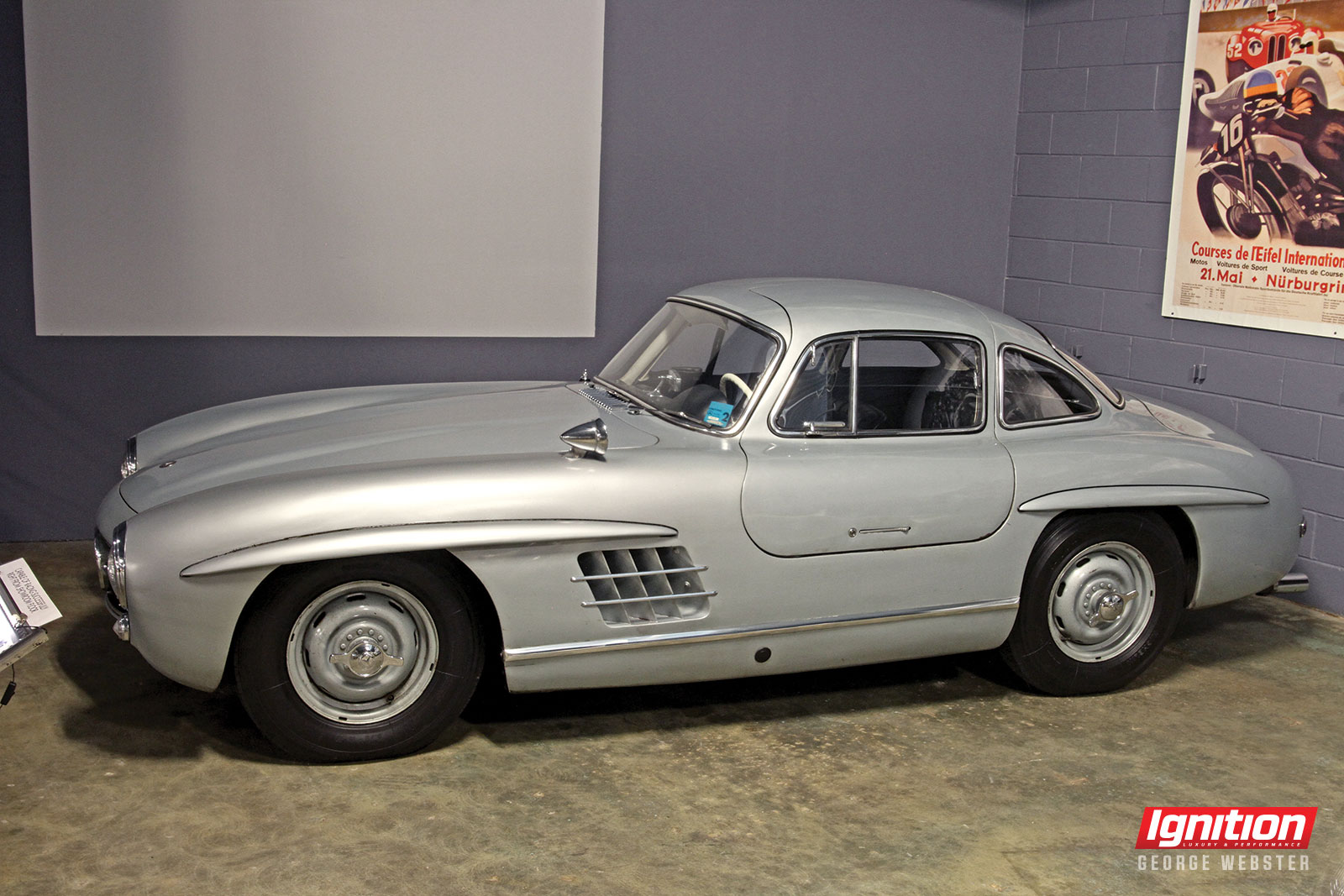
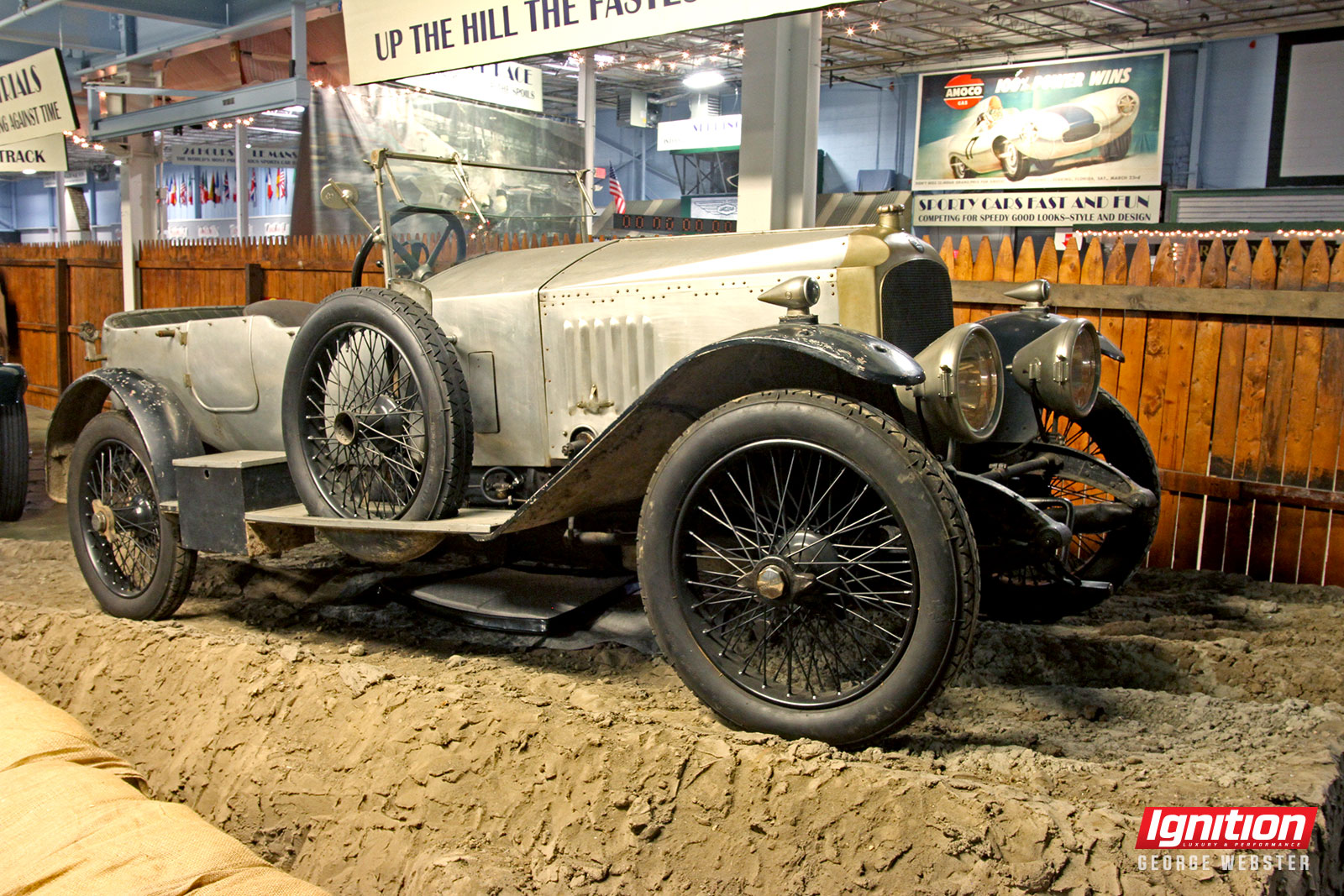
Although I don’t have the same appreciation for the pre-war cars, there are some that caught my eye: a 1926 Bugatti Type 35, 1936 Bugatti 57G “Tank” (the Le Mans winner that year), 1931 “Blower” Bentley, 1934 MG K3 Magnette and the 1937 BMW 328 roadster – a classic among BMWs. Then there’s Simeone’s favourite, the 1938 Alfa Romeo 8C 2900B MM Spyder, which won the 1938 Mille Miglia and which Simeone drove in the revival of the Mille in 1986.
I must confess that I found the patron of the collection as much, if not more fascinating than his collection. Simeone had a very successful career in medicine in the city and was able to leverage his not-infinite funds and his skillful horse trading of cars to build this remarkable – and now incredibly valuable – collection.
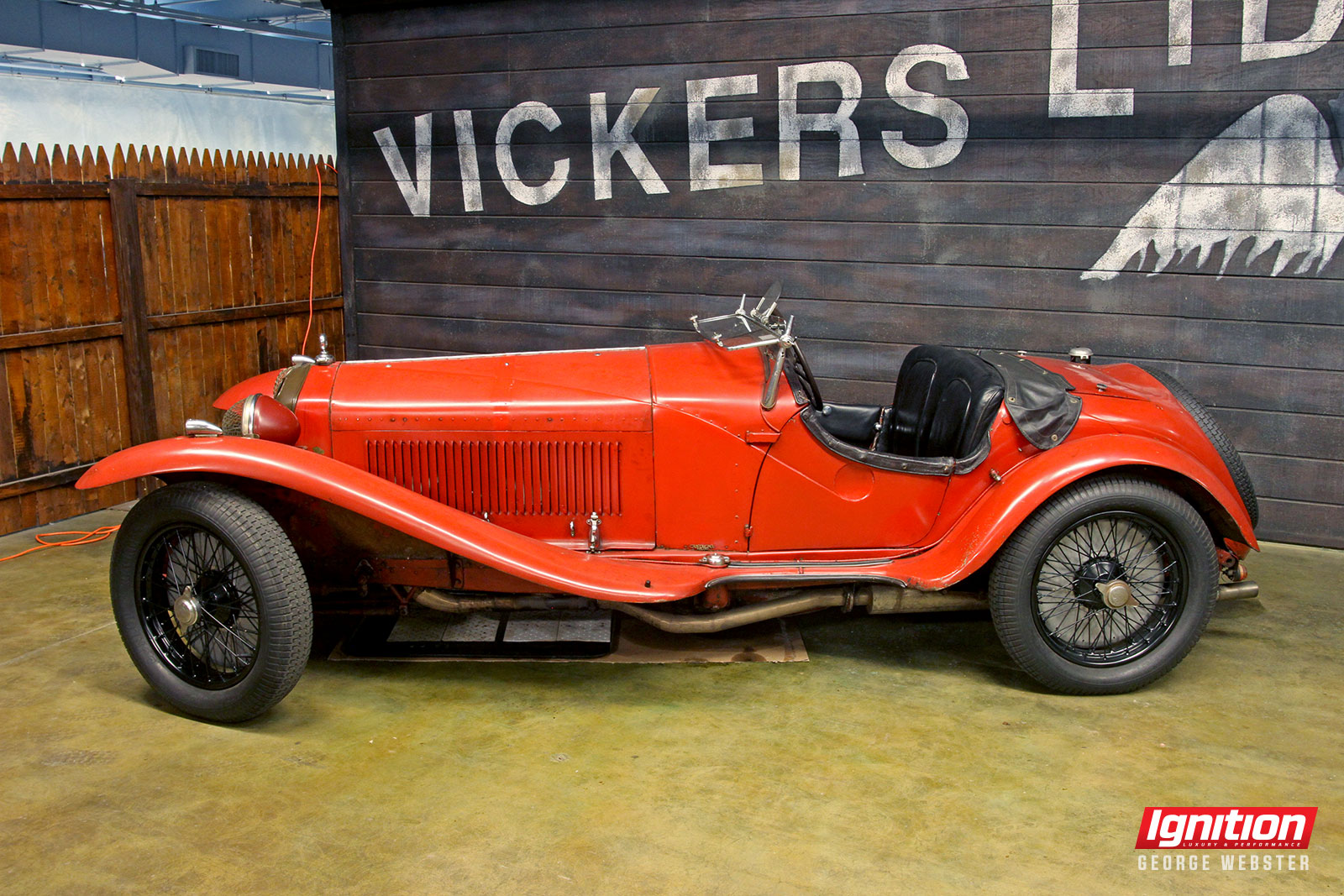 On matters concerning the car collecting hobby, he is an independent thinker with strongly held opinions. His basic position is that these iconic old cars should be preserved in their original form, not restored to pristine fresh-from-the factory (or better) condition to win concours events. The cars in his collection reflect this ethos; the rather rough – almost matte – finish Cobra being a notable example. This extends to his refusal to participate in traditional concours; he has only agreed to judge the “preservation” class, which is for unrestored cars in keeping with his ideals.
On matters concerning the car collecting hobby, he is an independent thinker with strongly held opinions. His basic position is that these iconic old cars should be preserved in their original form, not restored to pristine fresh-from-the factory (or better) condition to win concours events. The cars in his collection reflect this ethos; the rather rough – almost matte – finish Cobra being a notable example. This extends to his refusal to participate in traditional concours; he has only agreed to judge the “preservation” class, which is for unrestored cars in keeping with his ideals.
He does not believe valuable cars like these should be used for serious race competitions, but rather for demonstration drives only. Like classic/antique art, buildings and furniture, we should be preserving these cars for centuries to come. Any serious fan of collectible cars should read Simeone’s book, The Stewardship of Historically Important Automobiles, for more on this topic.
Finally, he seems to have a real issue with the current developments of so many high-end auctions of collectible cars. Without naming names, he views some of the big name auction houses as somewhat “dodgy” in their selling methods. He preferred it better when individual dealers or brokers handled sales one-on-one. He acknowledges that auction sales help sellers get better prices, but I’m not so sure that he is happy with the present situation.

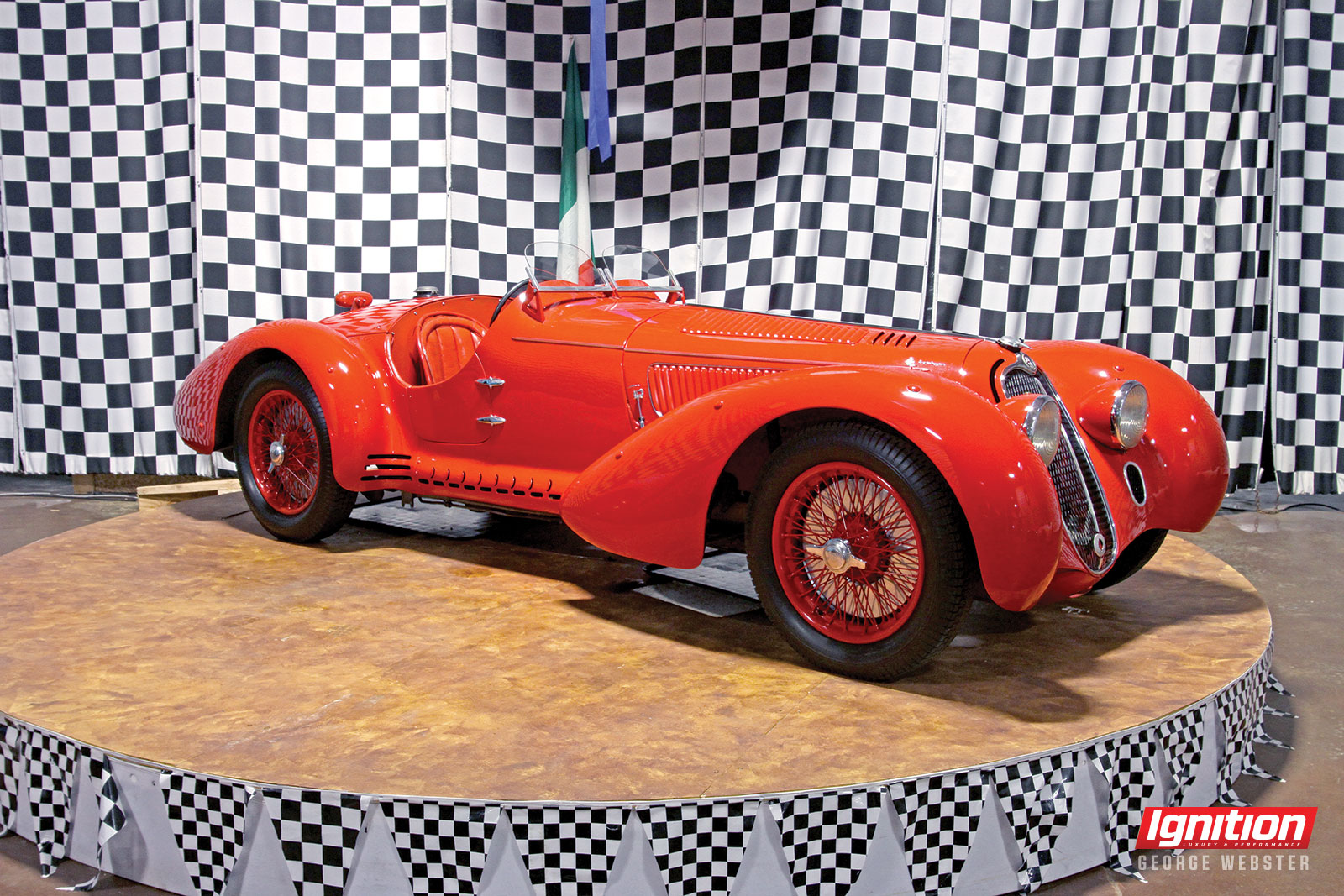
I would have loved to have had the chance to talk to him about his thoughts on massively “restored” cars, the so-called “continuation” examples, and out-and-out copies and their place in the pantheon of automotive history, but time would not permit.
There are few such high-class collections of cars in America. Finding a way to spend a half-day or so at this collection is well worth the price of admission. By timing a visit to coincide with one of their monthly “demonstration days,” you can even see three or four of the cars fired up and driven around the grounds, with Simeone on-hand giving a full commentary. Visit the website www.simeonemuseum.org for more on this fascinating place.
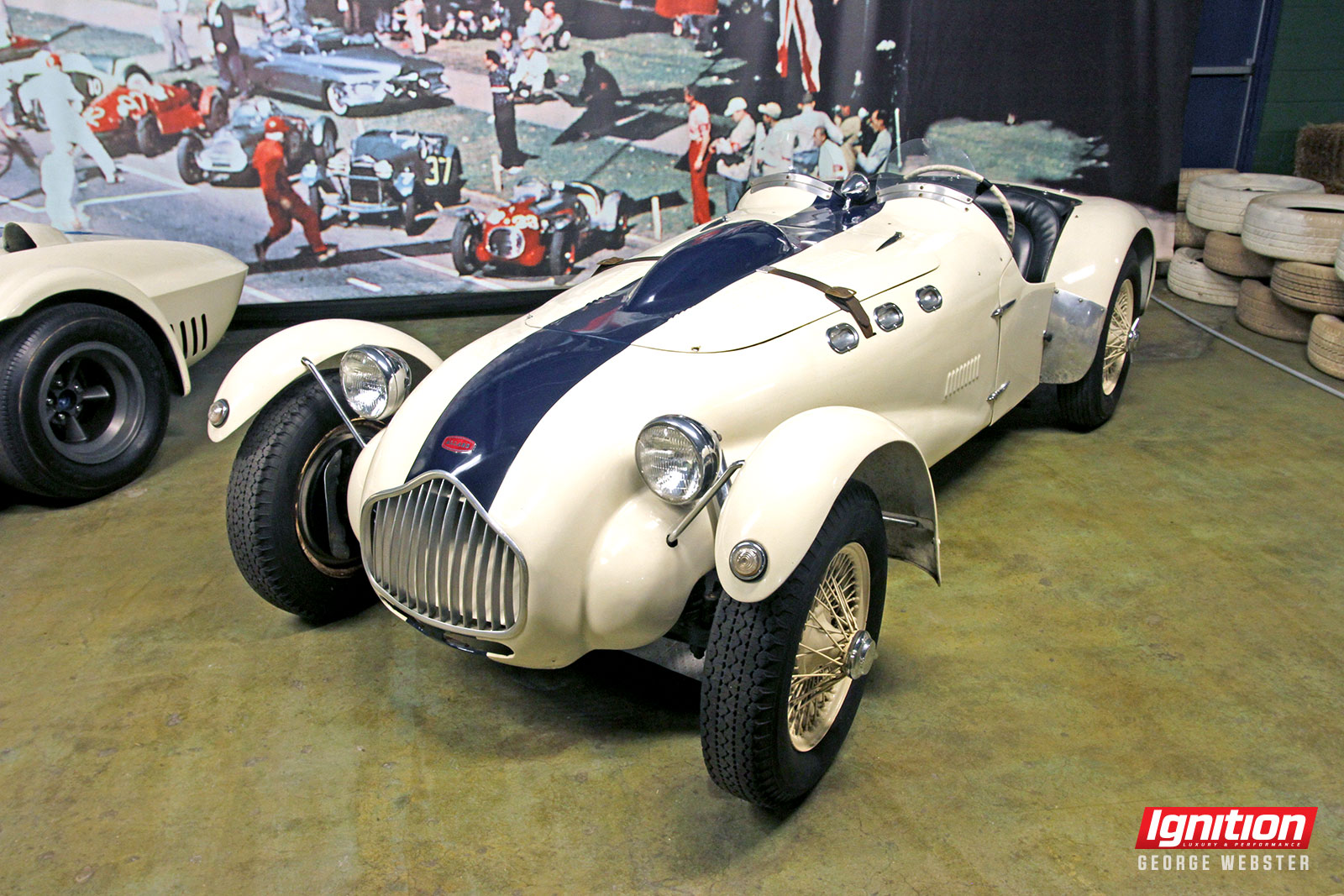 |
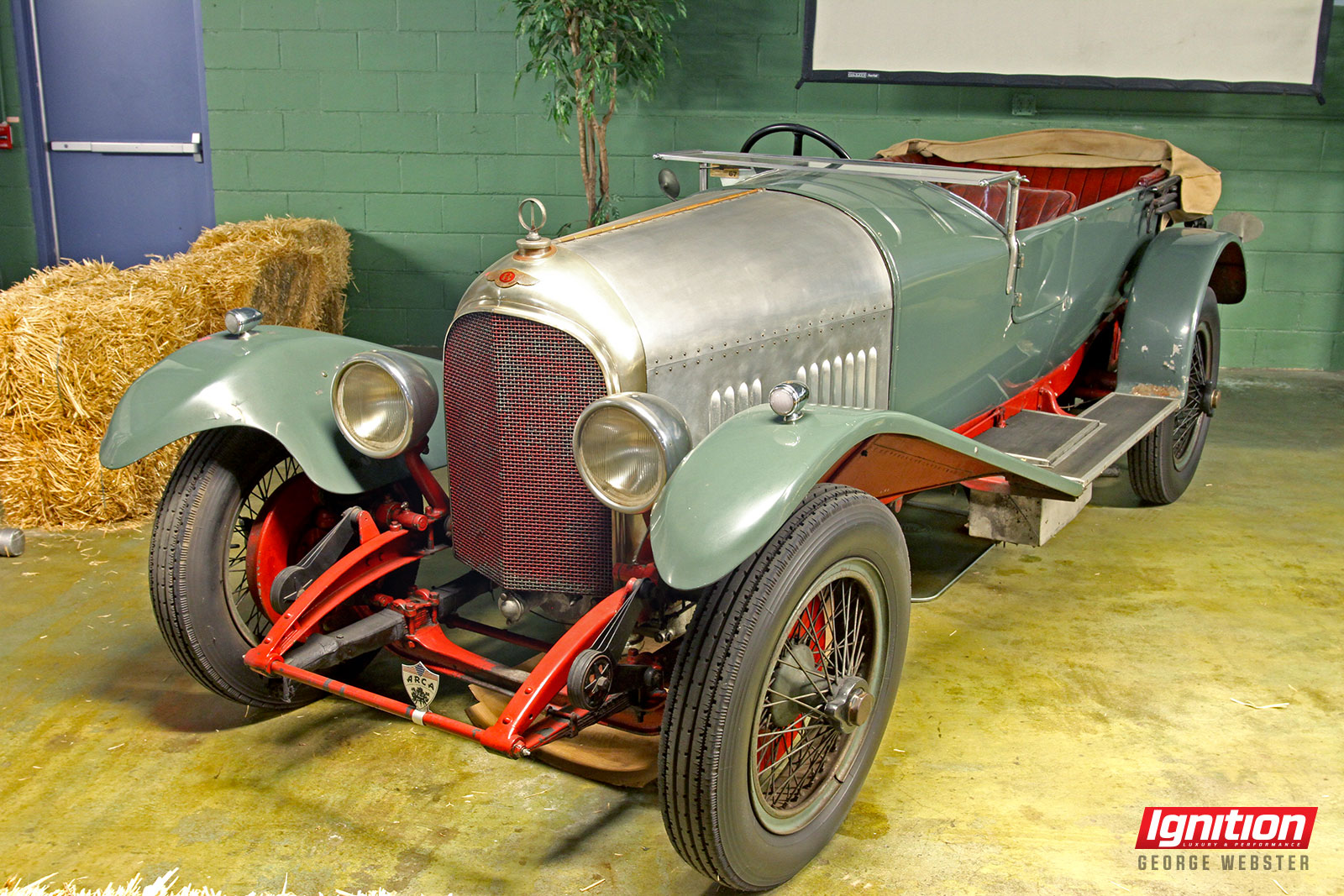 |
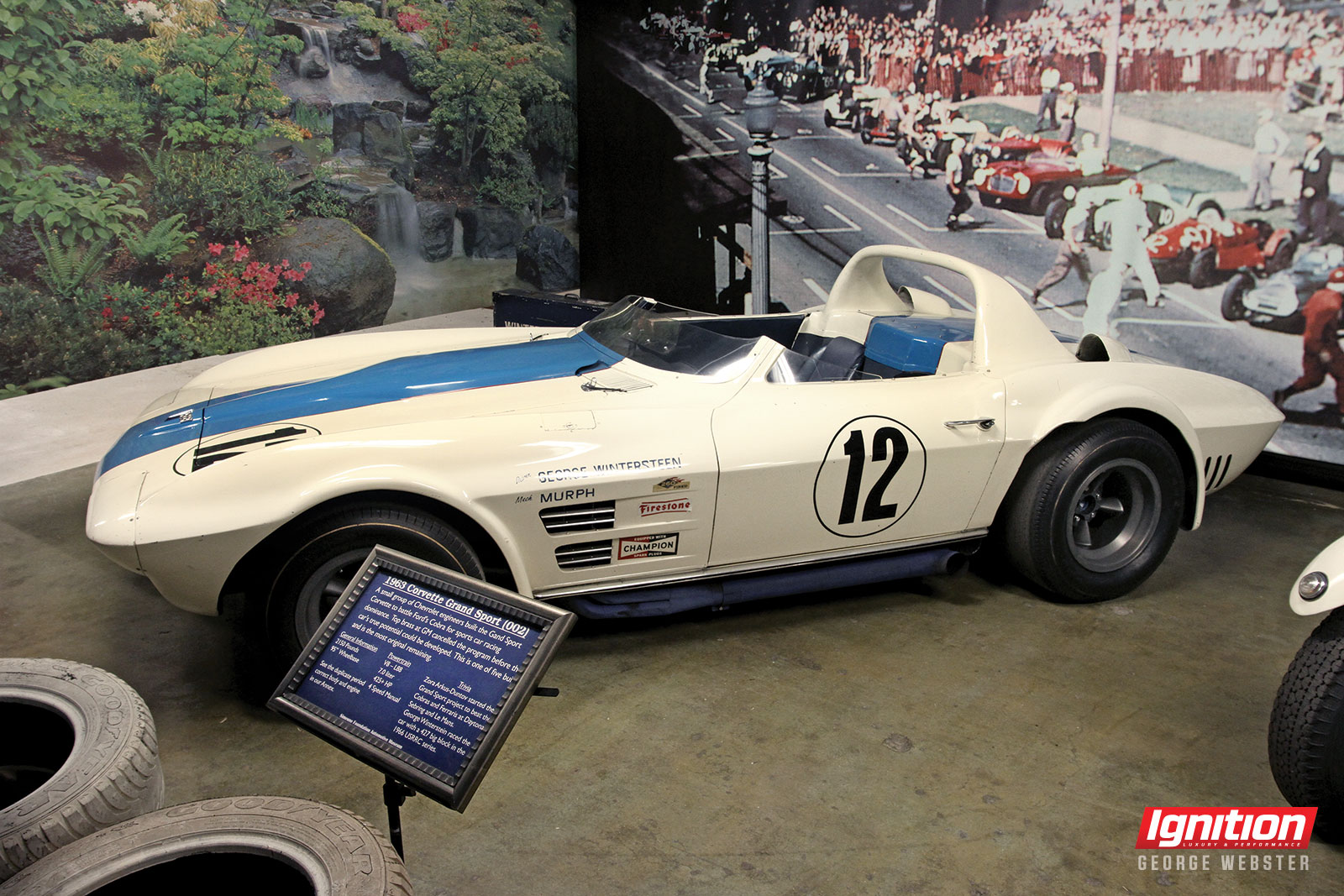 |
 |
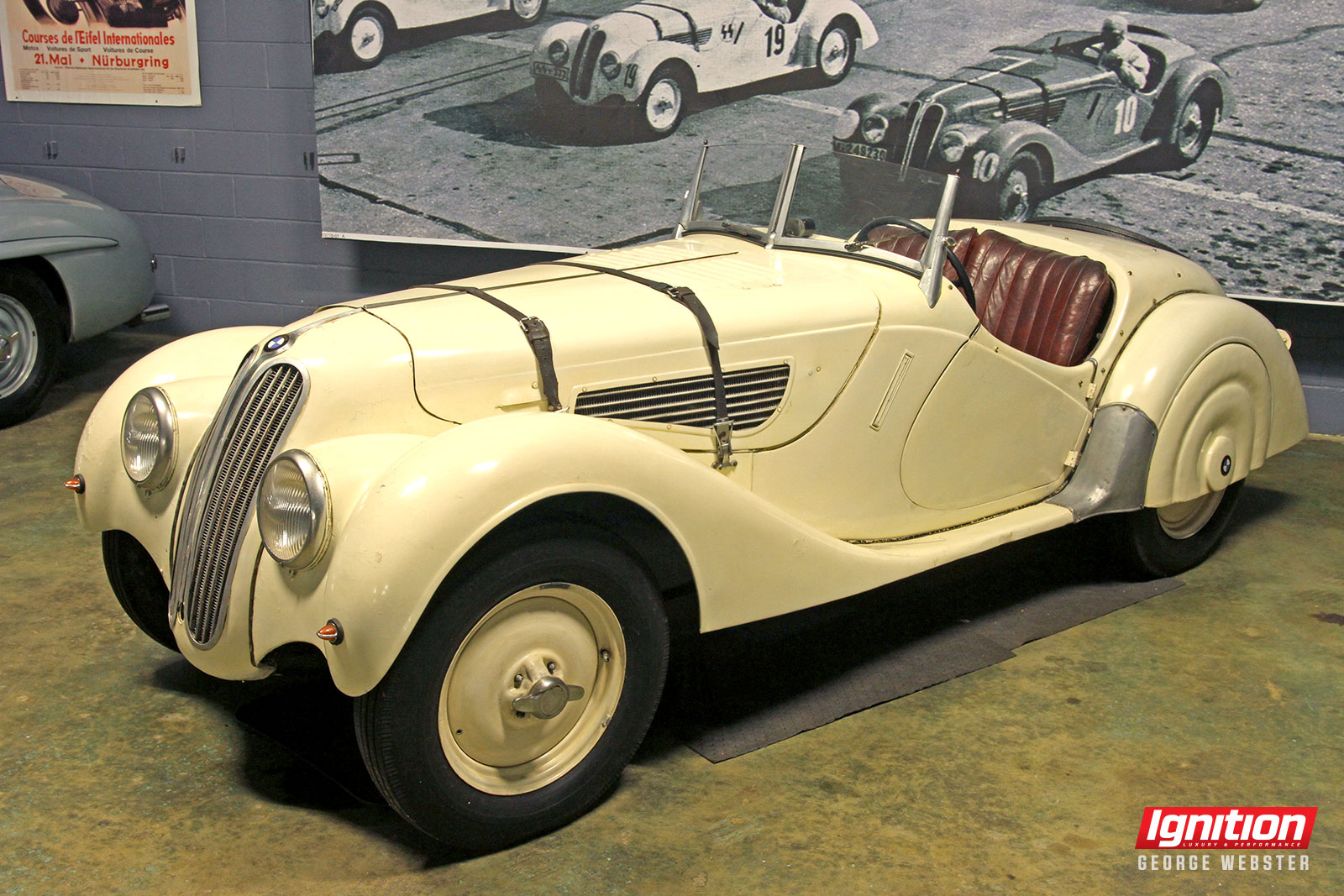 |
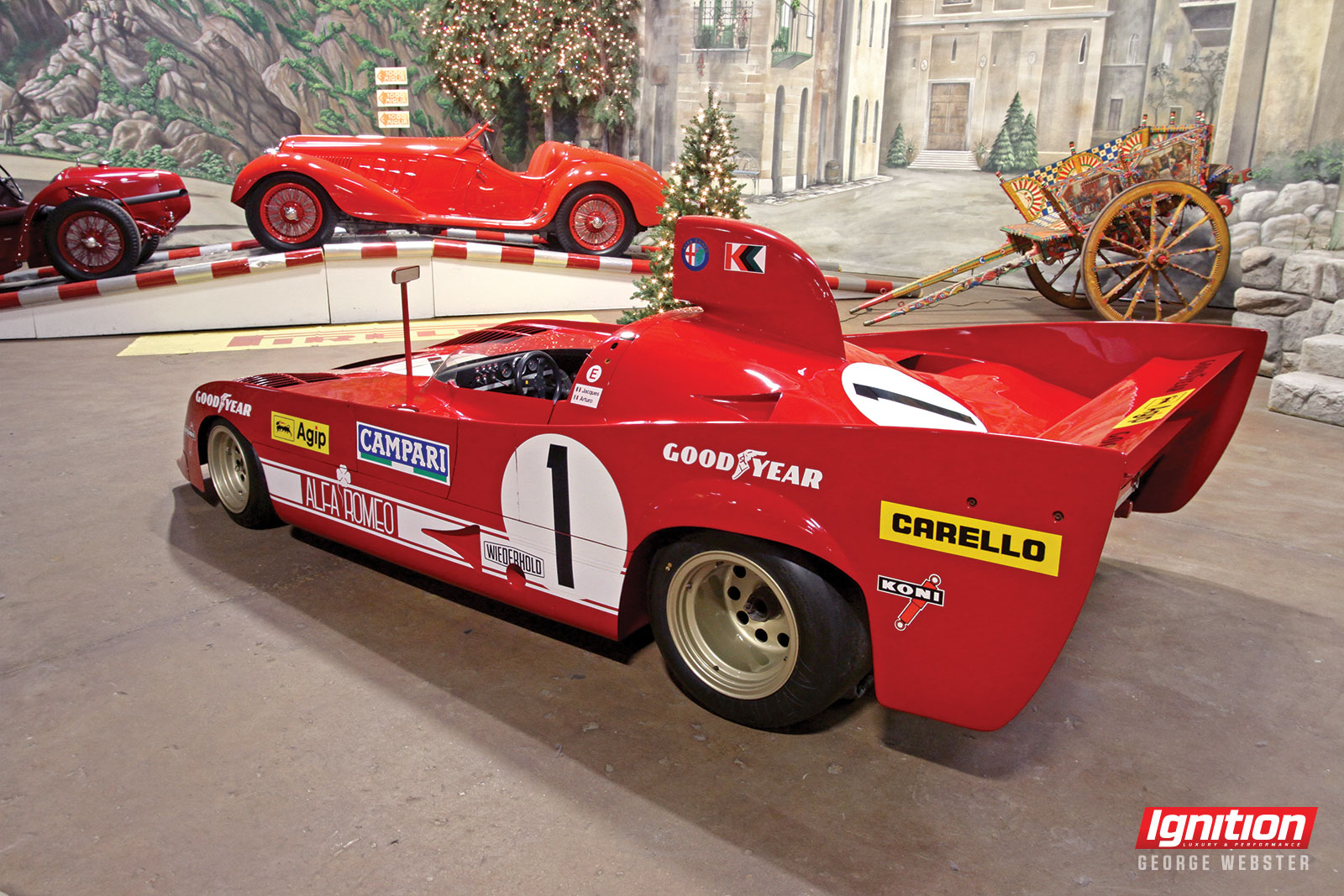 |
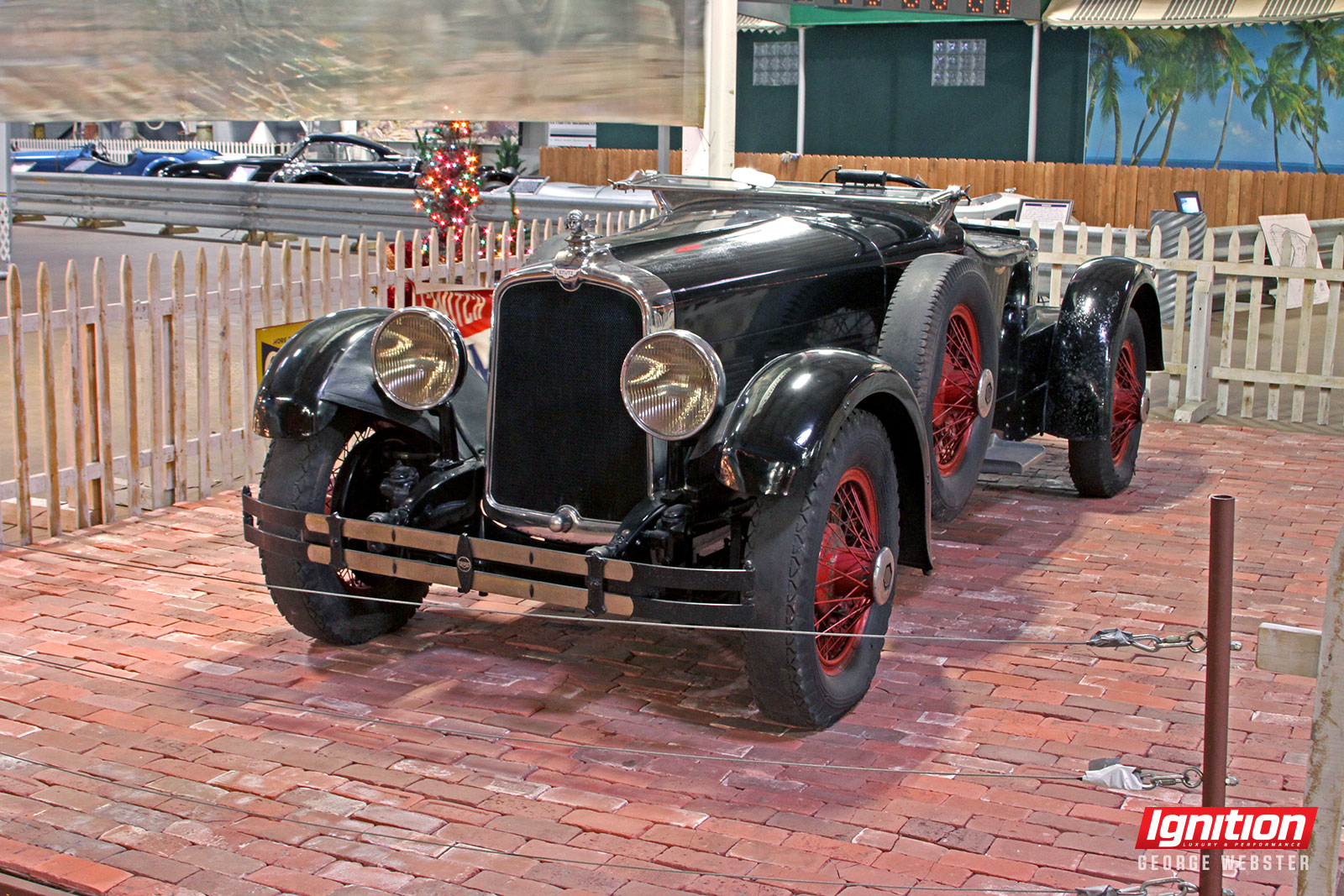 |
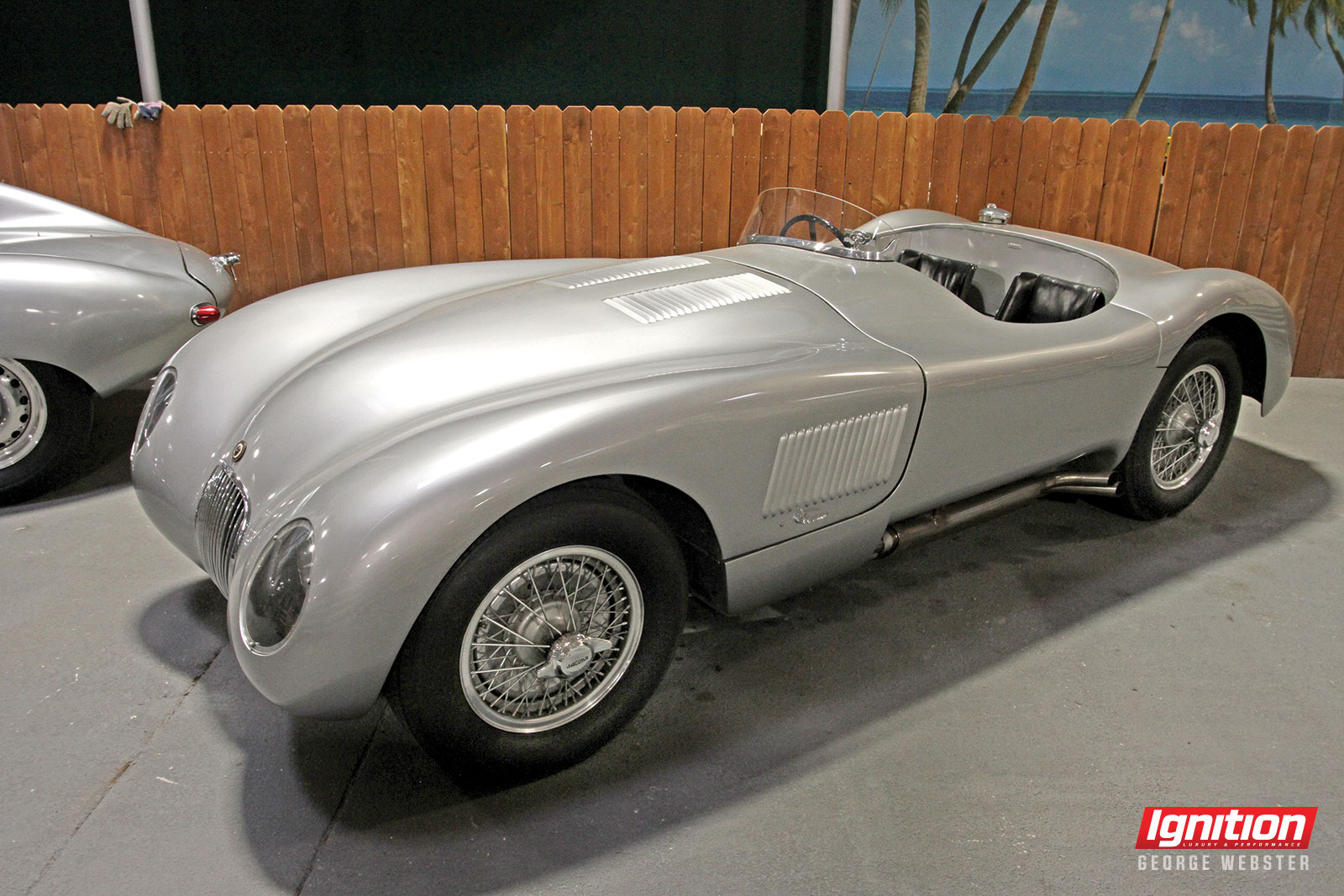 |
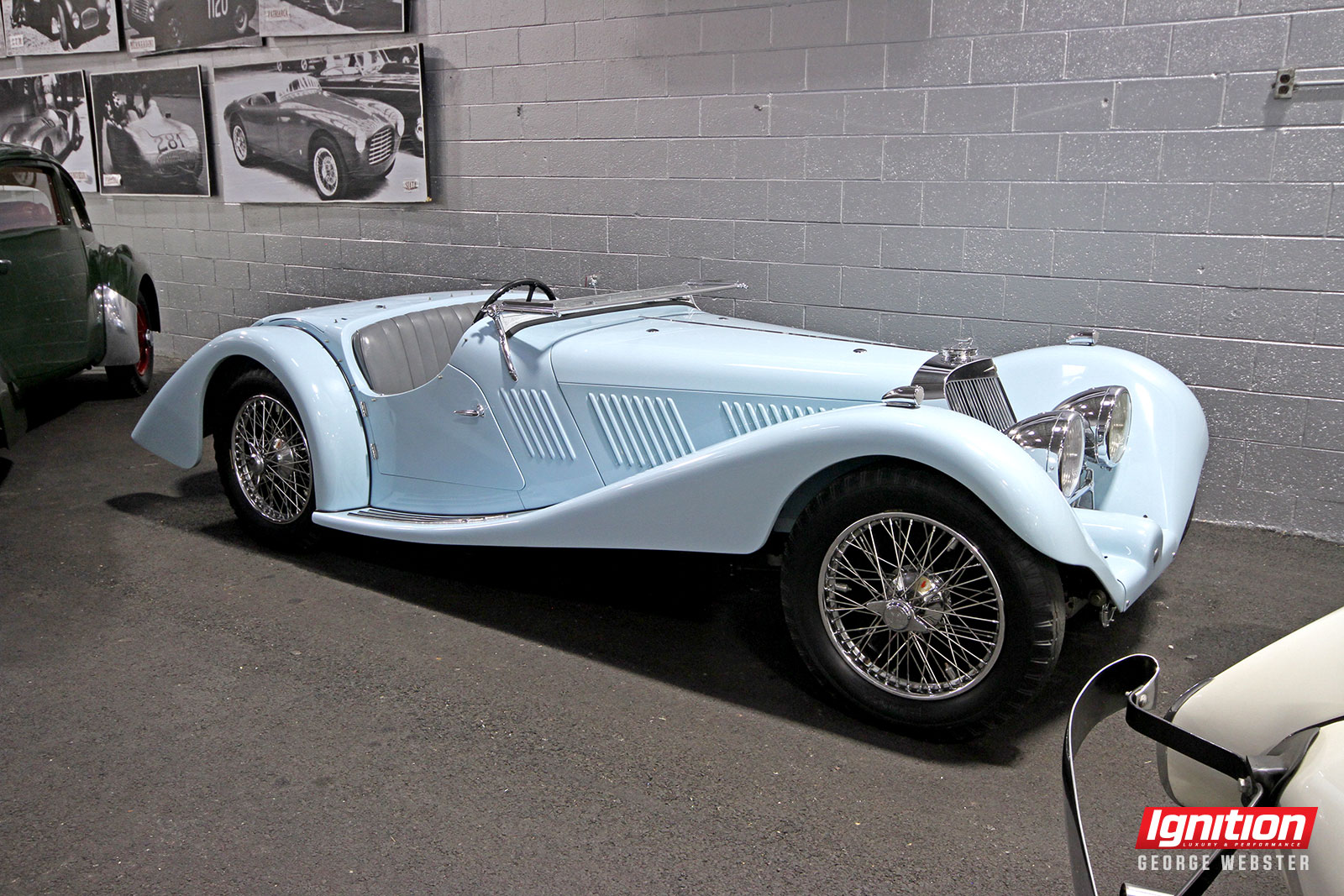 |
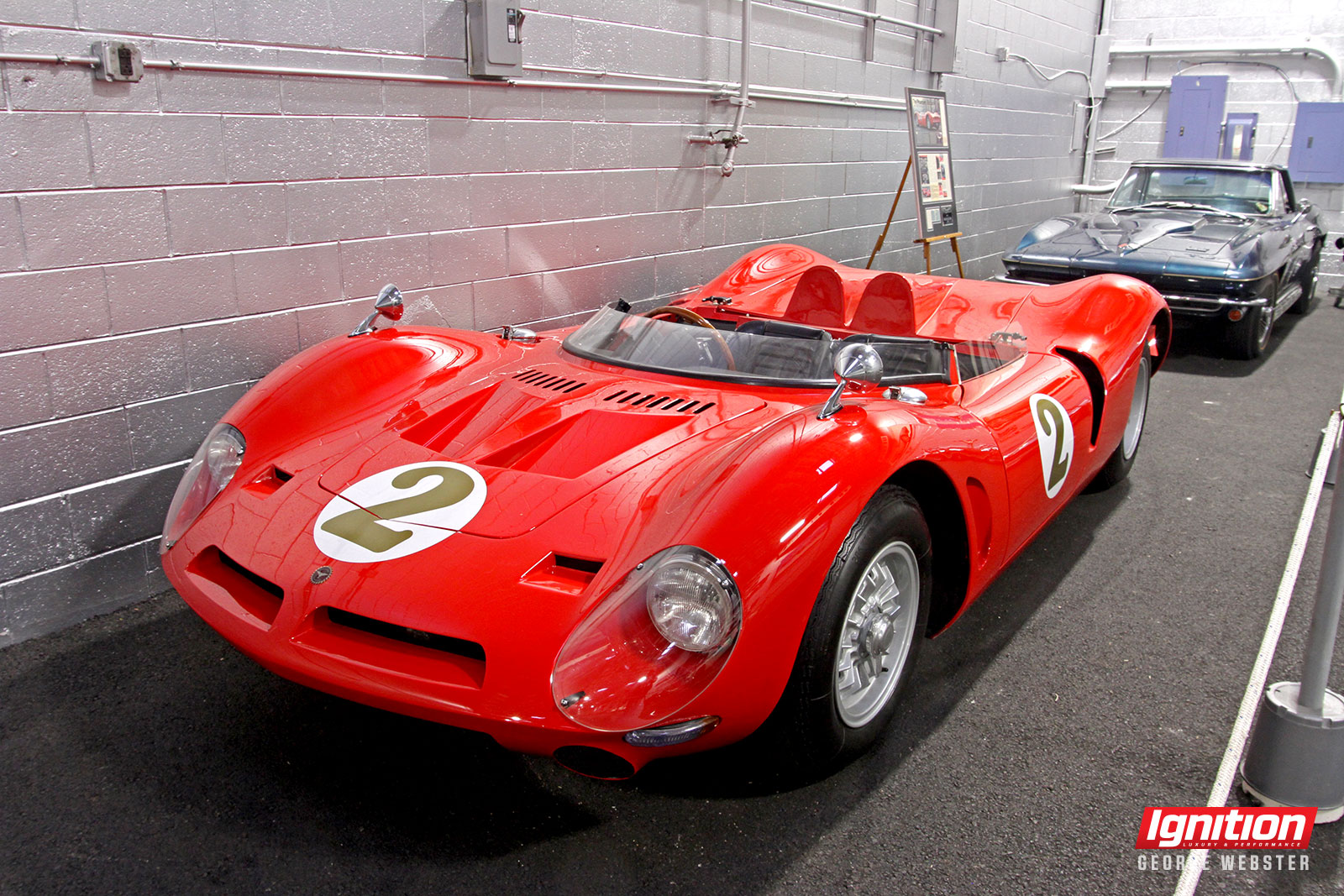 |
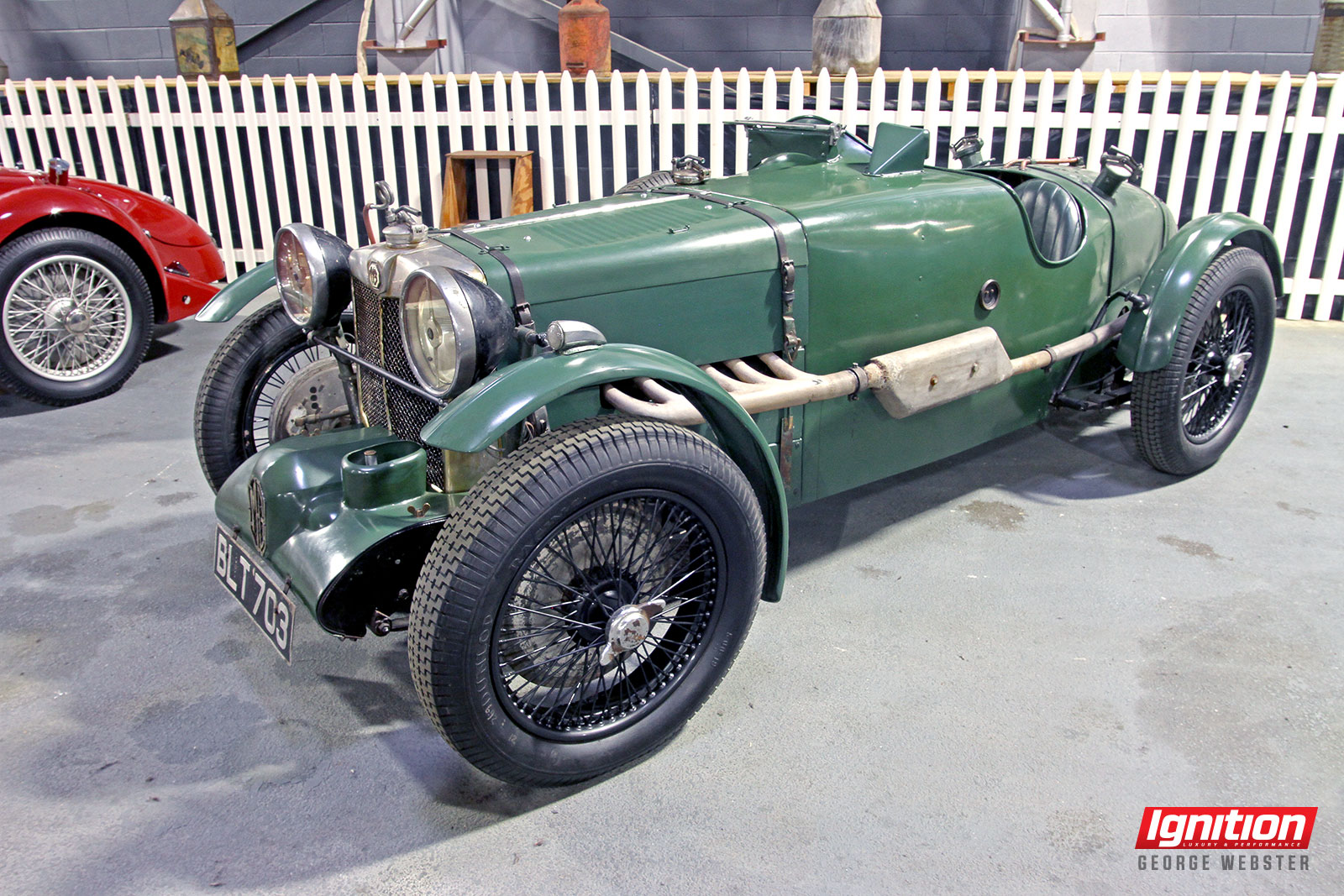 |
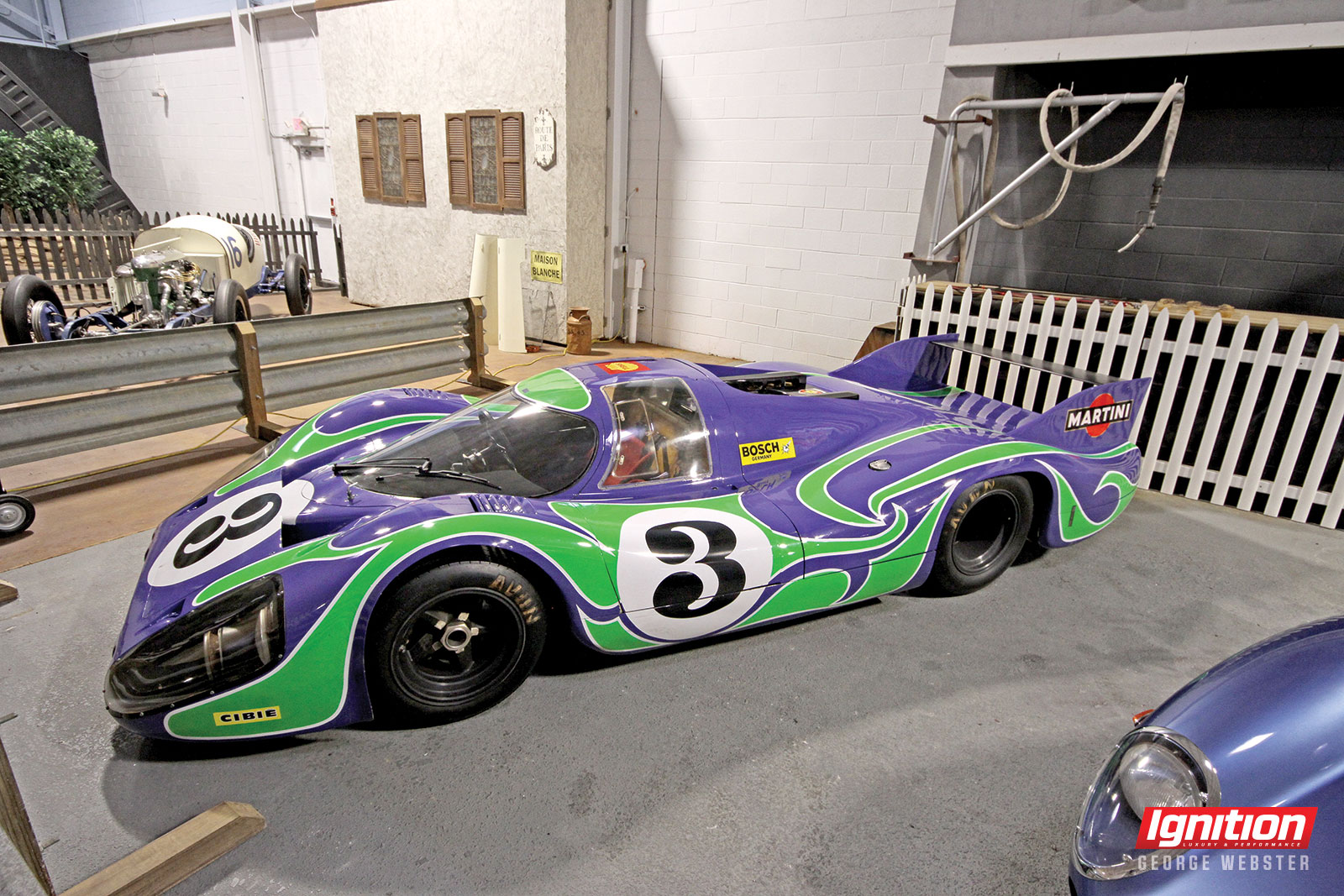 |
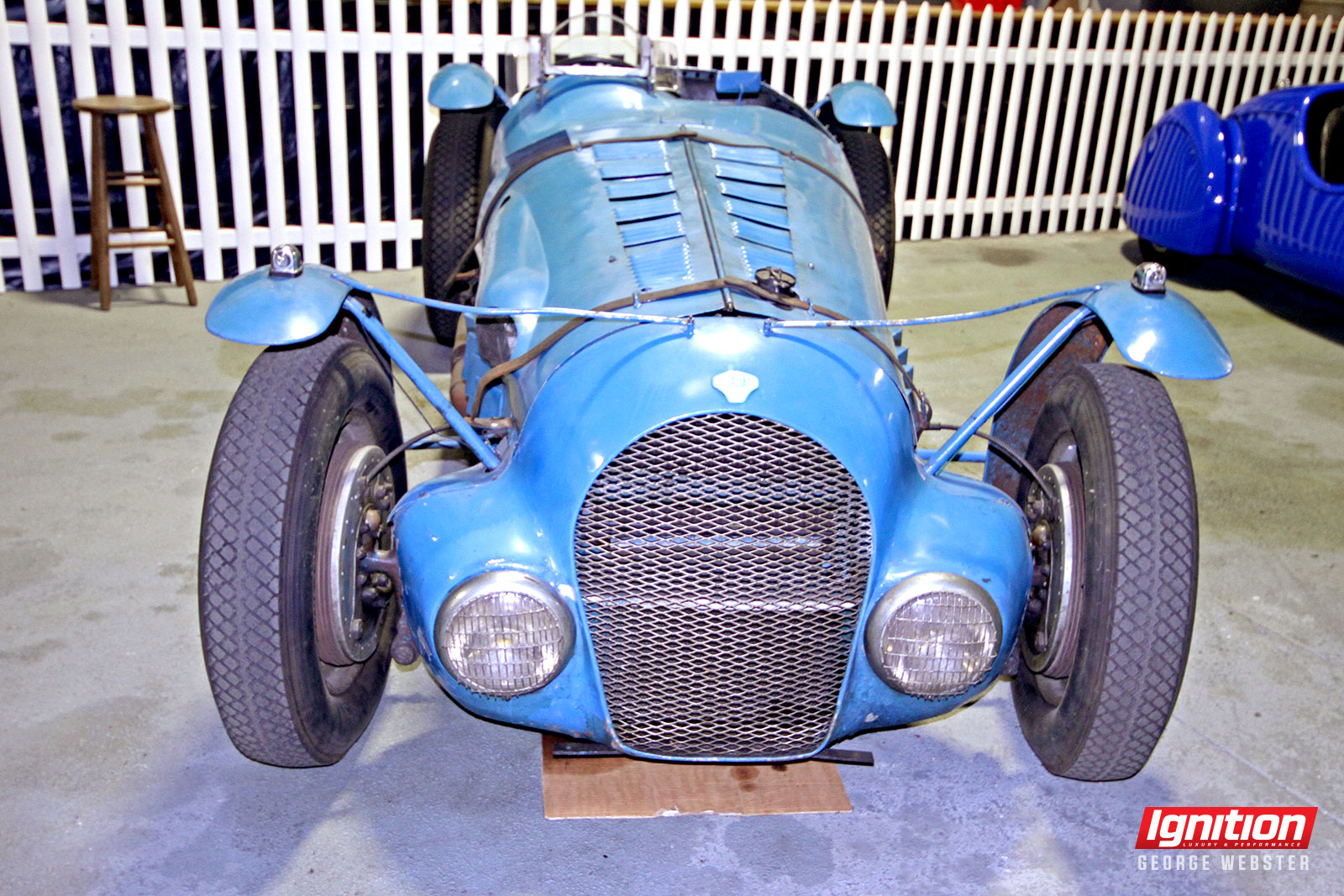 |
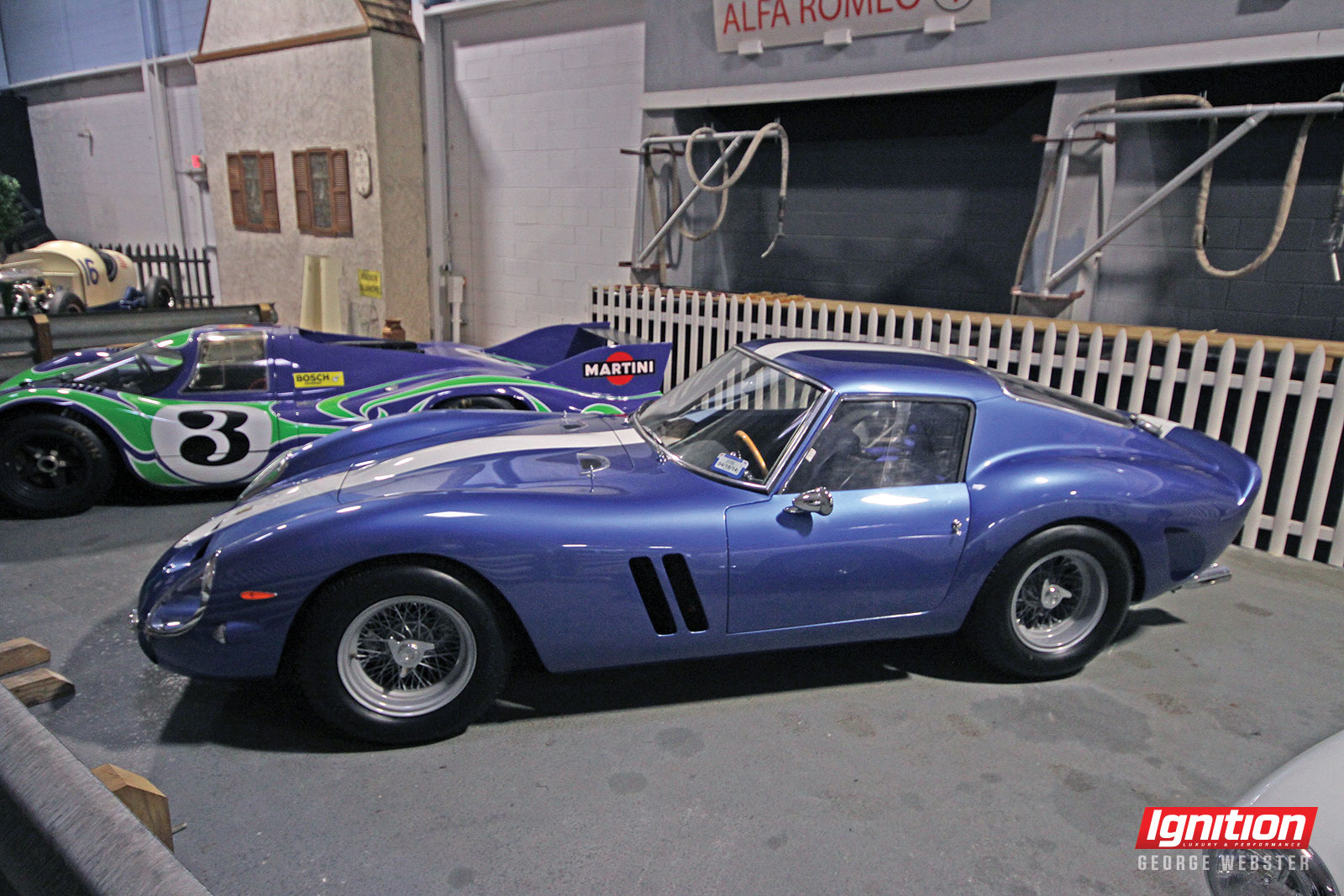 |
 |
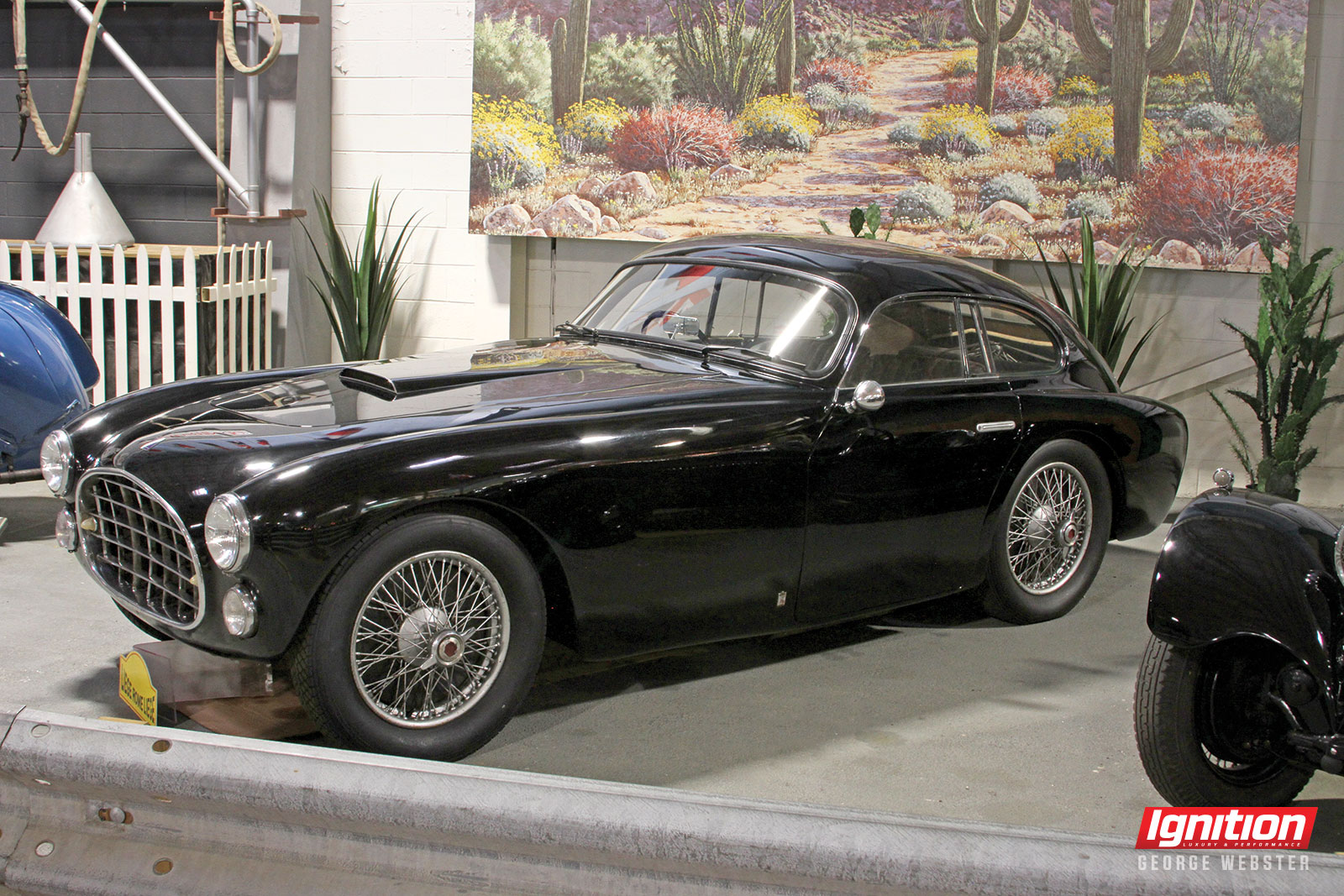 |
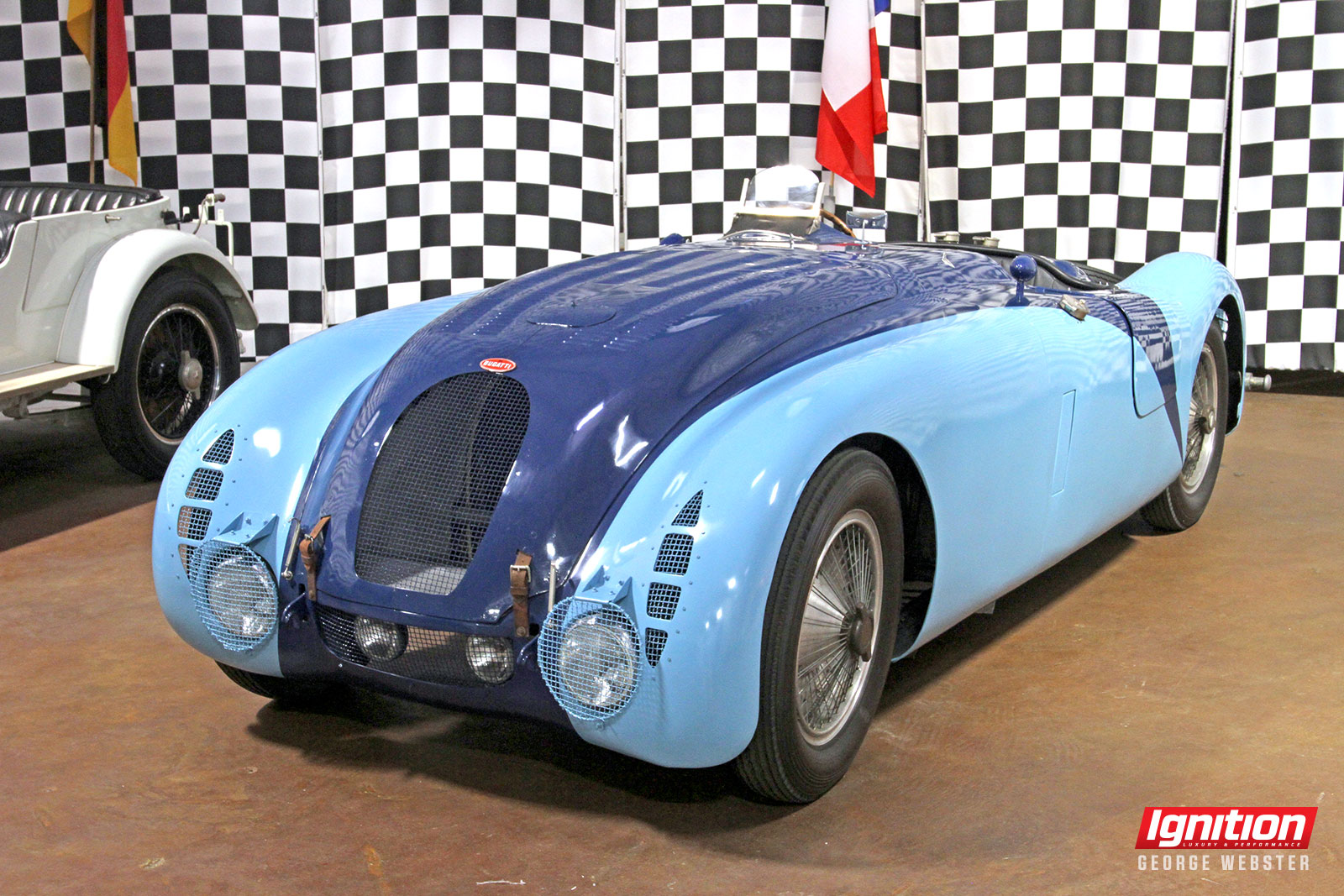 |
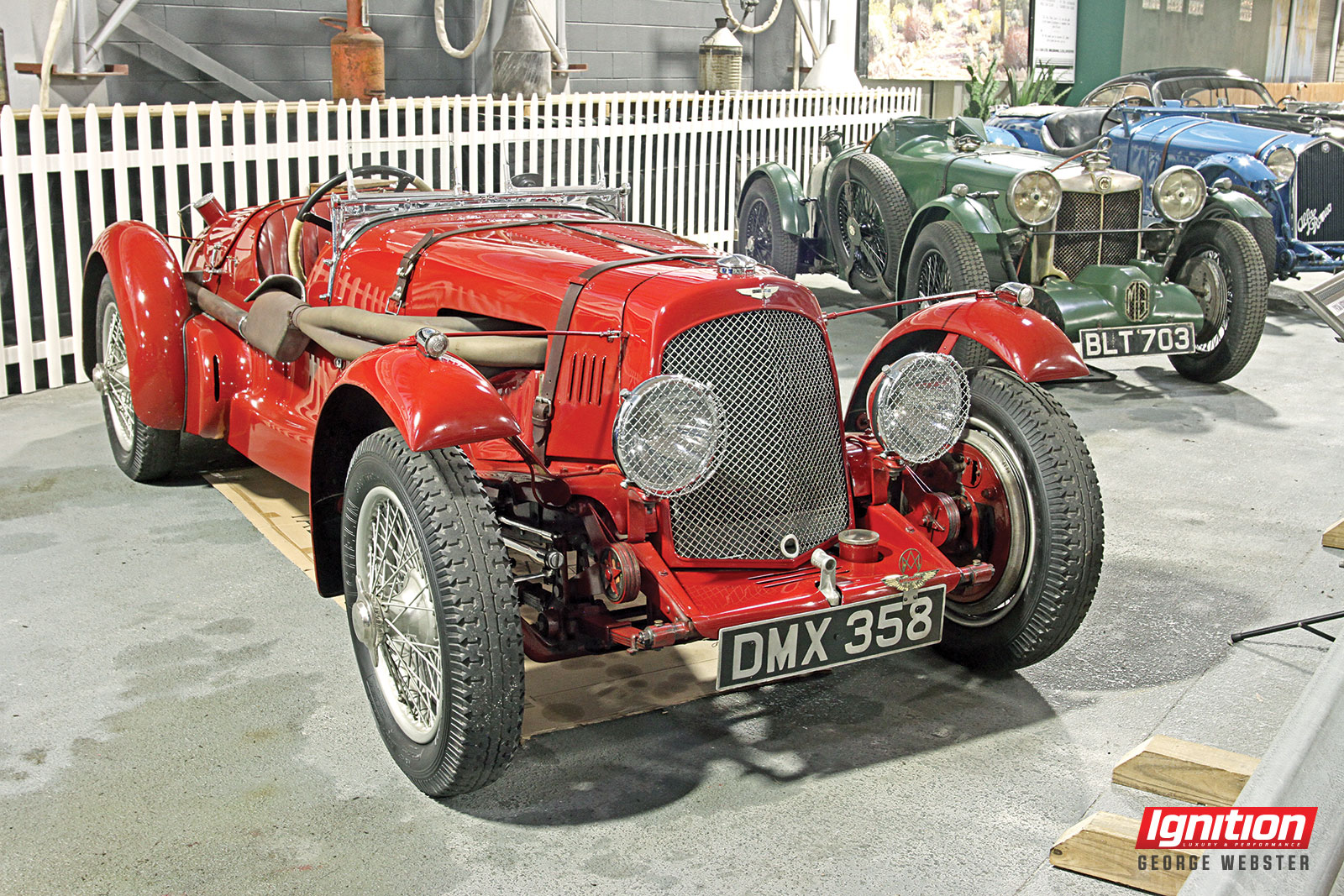 |






















